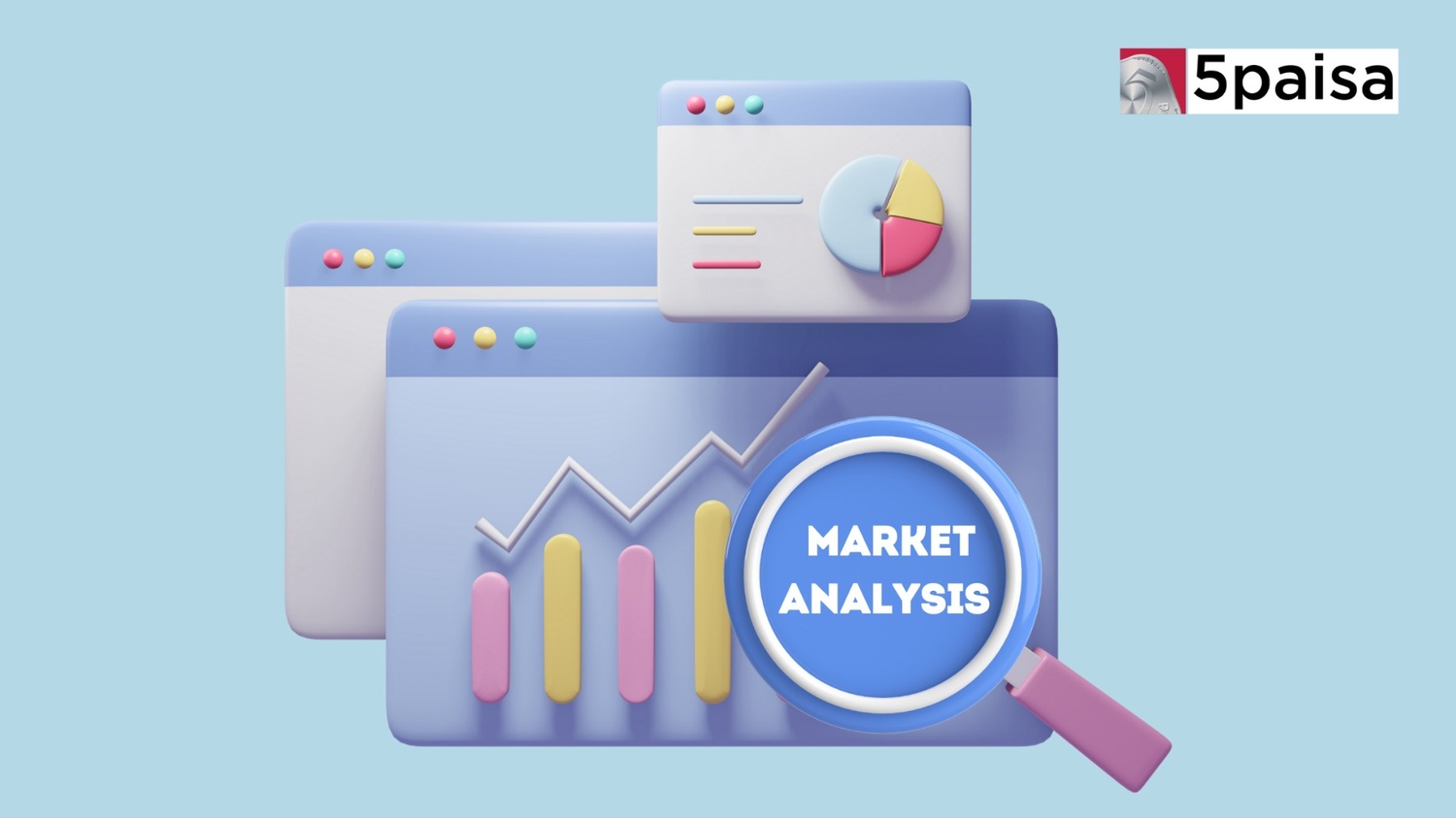iThe current values are delayed, open demat account for live values.
India VIX
India VIX Chart

India VIX Sector Performance
Top Performing
| Sector Name | Percentage Change |
|---|---|
| Ceramic Products | 0.14 |
| Tobacco Products | 0.98 |
| Oil Drill/Allied | 2.35 |
| Ship Building | 0.69 |
Under Performing
| Sector Name | Percentage Change |
|---|---|
| Diamond, Gems and Jewellery | -0.29 |
| IT - Hardware | -2.63 |
| Leather | -1.17 |
| Healthcare | -0.08 |
Constituent Companies
| Company | Market Cap | Market Price | Volume | Sector |
|---|
Other Indices
| Indices Name | Price | Price Change (% change) |
|---|---|---|
| Nifty 10 Yr Benchmark G-Sec | 2489.98 | 2.79 (0.11%) |
| Nifty 10 Yr Benchmark G-Sec (Clean Price) | 894.37 | 0.86 (0.1%) |
| Nifty 100 | 22942.7 | 51.95 (0.23%) |
| Nifty 100 Alpha 30 Index | 15803.65 | 89.95 (0.57%) |
Faqs
What is the normal range of India VIX?
The normal range of India VIX is between 15–35. A value close to or less than 15 suggests low volatility, whereas a value close to or higher than 35 suggests high volatility.
Is India VIX a good investment?
India VIX makes a good investment depending on your trading strategy. One strategy is to buy when India VIX is high and sell when it is low. However, this is risky and expensive. Another strategy can be investing heavily in the futures of India VIX. Another way to trade in VIX is by investing in volatility-based exchange-traded funds (ETFs).
Who can use India VIX?
Everyone can use India VIX to make trading decisions, from day traders to long-term investors to option writers to portfolio and fund managers.
What determines VIX spikes?
As stated earlier, India VIX indicates the volatility of Nifty options. So India VIX spikes when there is an increased demand for puts, increasing the implied volatility.
What does it mean when VIX goes down?
When India VIX goes down, it means the market at large is not expecting periods of high volatility. This means the fear is low, the market is stable, and it expects long-term growth. This is also the time when Nifty experiences a price rise.
Latest News

- Mar 11, 2025
Today, the Indian stock markets witnessed a mixed session, with benchmark indices showing signs of recovery from early losses. After a subdued start, weighed down by global cues, the Sensex and Nifty indices bounced back in the latter half of the day, supported by a decline in crude oil prices and selective buying in heavyweight stocks.

- Mar 11, 2025
India and the United States are actively working towards finalizing a trade agreement that would be beneficial for both nations by expanding market access, reducing import duties and non-tariff barriers, and strengthening supply chain integration. The commerce ministry provided this update to Parliament on Tuesday.
Latest Blogs
Nifty Prediction for Tomorrow NIFTY opened weak following the significant decline in US markets overnight. However, it found strong buying support during the day and closed in the green (0.17%). INDUSINDBK was the key drag on the index as it crashed 27%. It disclosed accounting discrepancies and saw multiple broker downgrades. However, a positive market breadth (33 stocks advanced) offset the negative impact. Top performers included TRENT, BPCL, and SUNPHARMA.
- Mar 11, 2025

Investing your hard-earned money wisely is crucial for achieving your financial goals. If you're looking for a short-term investment option that offers potential growth and flexibility, a Systematic Investment Plan (SIP) for one year might be just what you need. Let's explore the world of 1-year SIPs and discover the best options available in 2025.
- Mar 11, 2025
